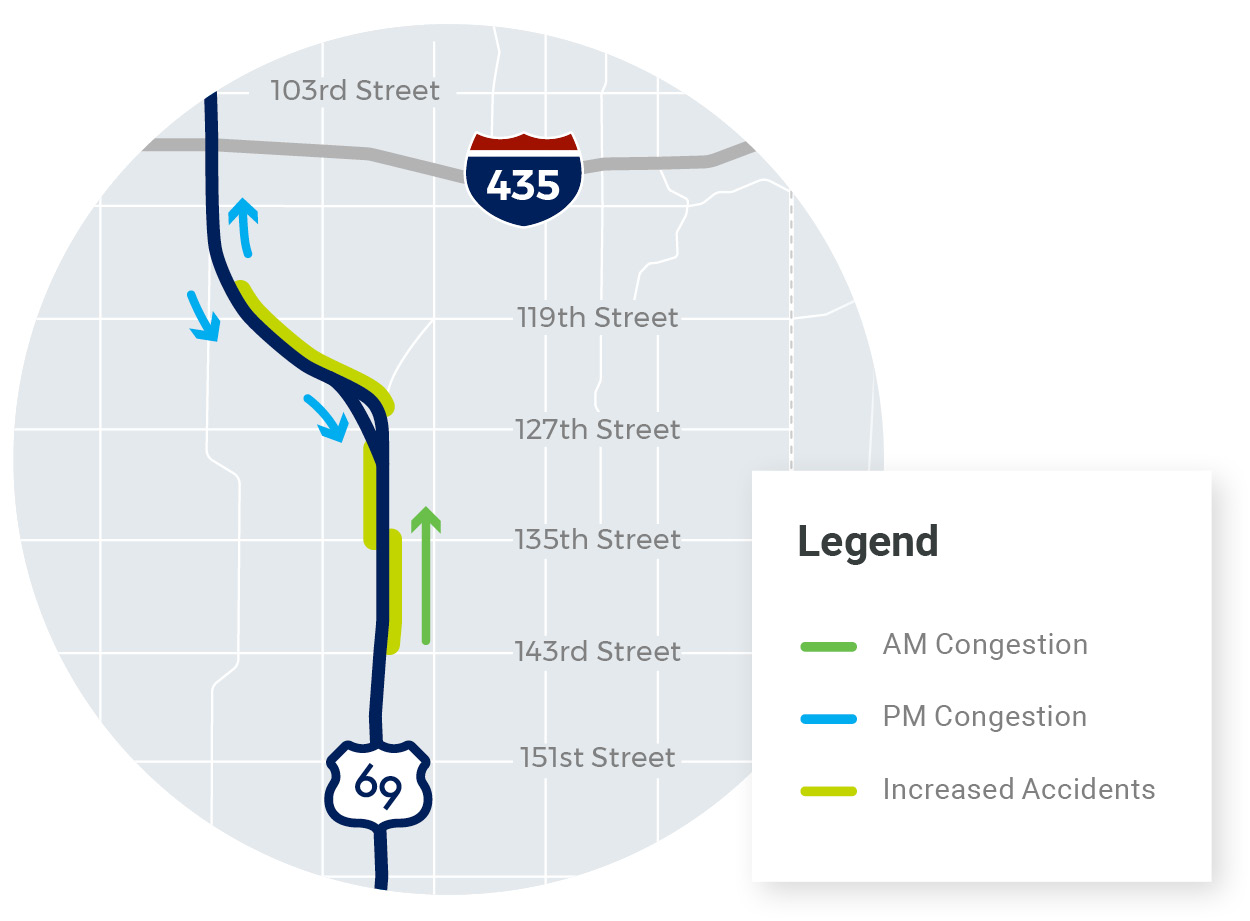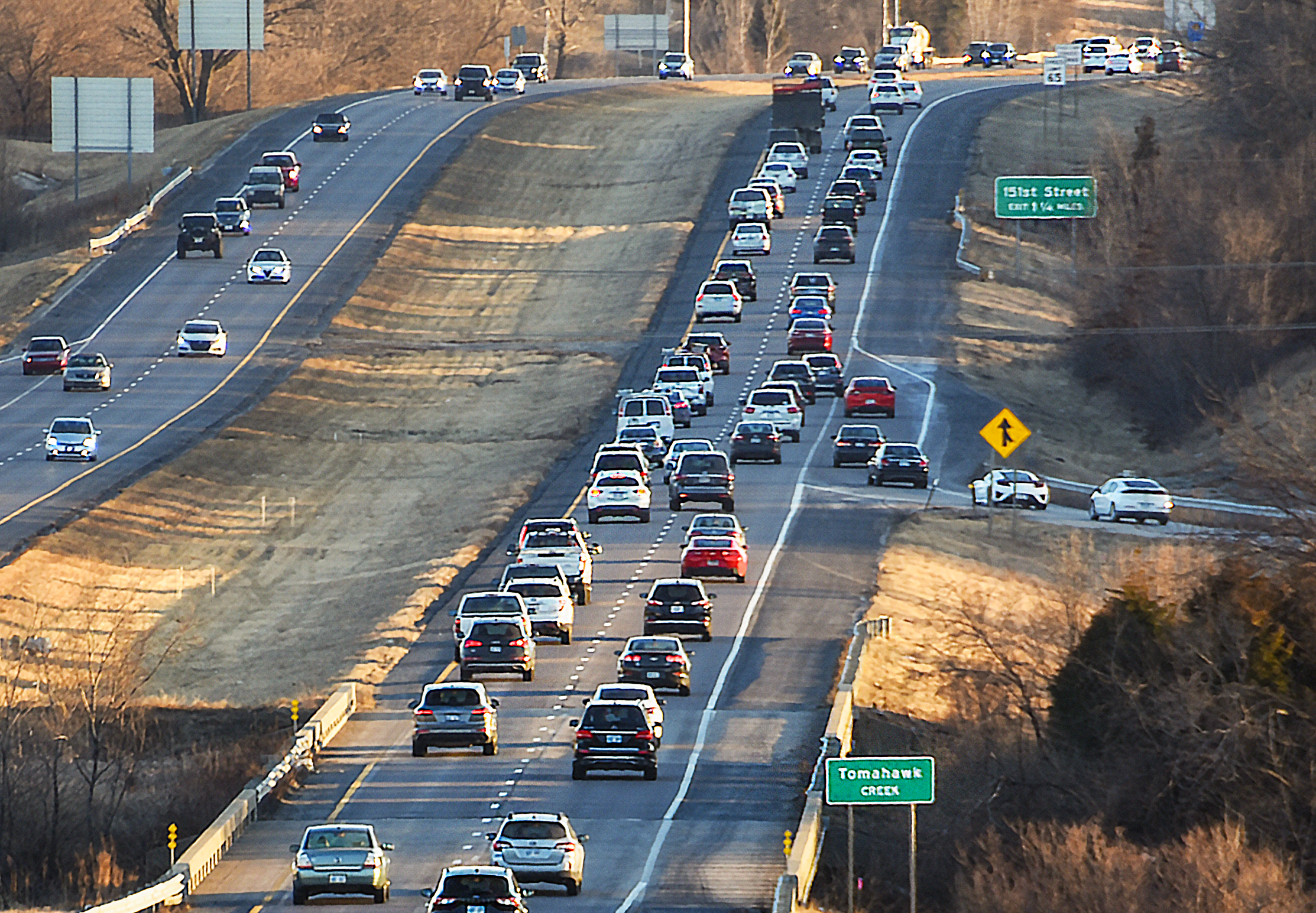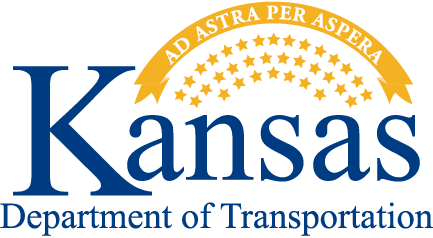The U.S. 69 Corridor Modernization and Expansion Project (69Express) examined how best to improve one of the state’s busiest highways to address growing safety, travel time reliability and congestion issues in the study corridor, which stretches from 103rd Street to 179th Street, all in Overland Park. Crash rates in the corridor are 53% above the statewide average. Existing pavement and bridges are about 50 years old and overdue for replacement. Meanwhile, congestion is growing; peak travel times are expected to triple over the next few years, with a trip through the entire corridor taking 30 minutes or more.
Safety and congestion improvements – now under construction between 103rd and 151st Streets – will include building a new express lane in each direction adjacent to the existing general-purpose lanes.

Environmental Process
69Express began in October 2020 and involved conducting an Environmental Assessment (EA), as required by the federal National Environmental Policy Act (NEPA), to determine if there were significant environmental impacts associated with proposed improvements. The Project determined that adding express lanes for northbound and southbound traffic will offer better travel time reliability and a more-sustainable alternative. This option required additional traffic, safety and revenue analyses to supplement the EA. A noise study determined traffic noise levels specific to the express lanes configuration met or exceeded federal and state noise impact thresholds. The process, shown at right, was completed in late 2021. Results from these analyses were approved by the Federal Highway Administration, and the Project is now under construction.
Identify purpose, needs and project goals.
Which of the ideas for expanding the U.S. 69 corridor are most feasible?
What are the social, economic and environmental impacts of the alternatives carried forward?
Identify the alternative that is preferred for corridor improvement.
What do the resource agencies and the public think of the proposed solution? Have we missed anything?
The EA is finalized. The FHWA determined a Finding of No Significant Impact (FONSI), allowing the Project to move forward to construction.
Project Schedule
A comprehensive process determined how best to improve the U.S. 69 corridor. The schedule below shows when some of the most significant Project activities have occurred and will continue forward.

How We Got Here
A series of studies and related projects conducted over the last 25 years identified safety and congestion issues along U.S. 69. Commuters and travelers have grown increasingly frustrated with higher accident rates, growing congestion and increasing travel times. The problem is only expected to increase. As development continues, traffic volume is projected to double and travel times are projected to triple over the next two decades. Not surprisingly, U.S. 69 improvements were identified as Johnson County’s most important priority during Local Consult meetings held across the State of Kansas in 2019.

Corridor Study Timeline
For nearly two decades, the Project Partners have studied conditions on U.S. 69 and many – but not all – potential solutions.




